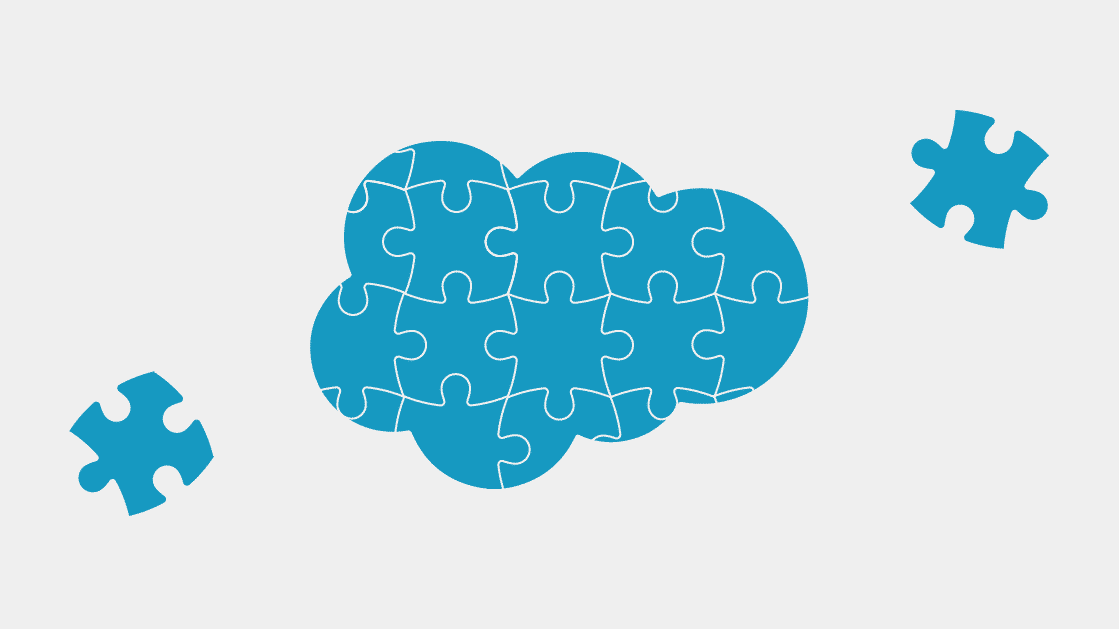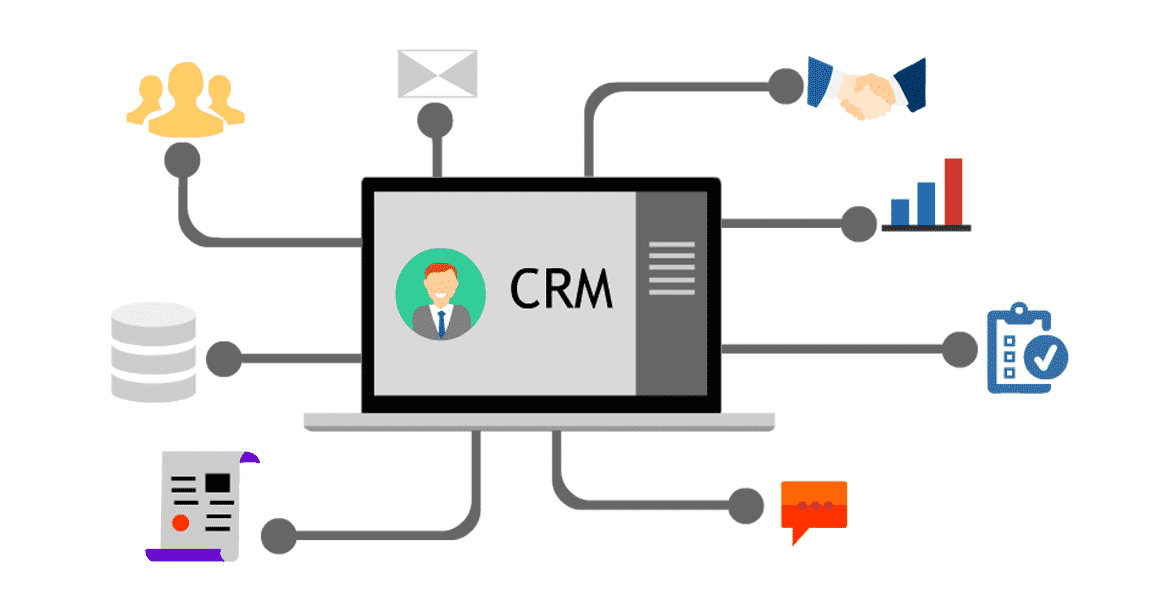What do we look for in a client?
A lot of scrutiny is, rightly, placed on a consulting partner when embarking on an implementation project. You, as a client, need to make sure you’re trusting the right team with your business.
I thought it might be helpful to answer the inverse: what do WE look for in a client?
With any project, we assess the risk: reward ratio for both ourselves and you, the client. On both ends, we want to make sure the reward is high and the risk is low. In our experience, these projects tend to make both parties happy.
1) Can we contribute to your topline and bottomline growth?
For this, we have to take a step back from the technical aspects of the project and go higher, looking at the business itself. We learn about where the business is now and where it’s trying to go. Continuing to do things the old way tends to come at a cost, whether that cost is stalled revenue growth or countless labor-hours trying to push through manual and repetitive processes. We want to understand the ROI of hiring us to ensure we’re a part of a project that has significant financial upside for our clients. This helps form the foundation of a long-term partnership where we are continuing to help your business reach new heights.
1.1) Topline growth:
Oftentimes when a client is considering implementing Salesforce, there’s significant growth potential for the company itself. Maybe a client is looking to enter new markets, or their product/service has exploded and they’re trying to keep up with the growth. That’s the topline growth that I tend to look for myself. You’ll get your highest use out of Salesforce when you rely on it to scale growth. That’s what it’s meant for and where the value starts to really shine.
1.2) Bottomline growth:
The other consideration is how much of an impact we’ll have by automating repetitive tasks for employees. Salesforce opens up a world of automation that small businesses mostly dream of, and we are often called in to help automate hours and hours of repetitive, low-value tasks. By thoughtfully automating an employee’s tasks, we free them up to either handle more volume of those tasks or focus on higher-value efforts for the business, essentially increasing their contribution to the business’ bottomline growth. This also tends to help the employee grow within the company as well and become more valuable to the business.
We ask to understand these metrics to ensure there’s significant upside for you as our client. This ensures the reward balance is high for our clients, which helps lay the foundations of a successful project and a successful long-term partnership between us.
After ensuring the reward aspect is high, the second thing we do is analyze the risk of the project. Obviously, we look for (and can help prepare you for) minimized risk by evaluating the customer themselves.
2) Are you, the client, as ready for Project Success as we are?
There are 2 parties involved in completing any project together successfully. As much as the client is evaluating us, we also evaluate the client to ensure that they’re ready to have a successful project. We do this by evaluating the written requirements that a customer already has documented. We probe into what has worked in the past and what hasn’t. We ask about other solutions being considered at the time. We evaluate stakeholder buy-in from the C-suite to the end users themselves. We evaluate if the client is familiar with software projects, especially if a tedious data migration is potentially involved. We go deep by asking how this project will help serve their customers better. All of this helps paint a picture of the client’s readiness. And the more ready a client is, the better we can show up alongside them and attain a successful project.
While there’s a whole list of qualification criteria we also look for (project size, solution set, industry, etc) these two end up being the most important.
For the best projects, the reward is high and the risk is low (or can be easily lowered with the right preparation.)
A final note:
A few months back, we asked ourselves, what’s the number one problem we typically solved as Salesforce consultants?
We discovered a clear trend across hundreds of completed projects: low Salesforce adoption.
Solving Salesforce adoption challenges is essential, NOT just to help get a better ROI out of your licenses, but because low adoption causes lost sales. In a low adoption environment, information slips through the cracks, and a well-organized competitor is right there to steal your deal away. We’ve curated our successes, methodologies, and resources (built from the work we’ve done across countless Salesforce projects) to help you tackle your company’s Salesforce adoption roadblocks and compiled it into a free Increasing Adoption email course.
If you’re in sales/revenue ops and Salesforce adoption issues have given you a headache in the last 30 days, sign up for our free course here.



